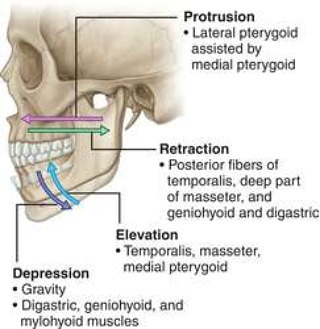Ok. Back to basics. ——————–Now that you&;ve seen some of the self assessment of the jaw, we should understand the basic movements of the jaw. When both of your temporomandibular joints move in concert, you have the following 4 movements/terminologies:.Protrusion – jaw moves forwardRetraction – jaw pulls backwardElevation – jaw risesDepression – jaw drops .The above image shows you some of the muscles involved with each movement of the jaw..When the muscles of the TMJ are active on only one side you have the movement of Lateral deviation..Next up a video showing you the 2 main movements at the TMJ itself. Rotation and translation or spin and glide! . series

Posted in Instagram | Tagged: 39, anatomy, change, chiro, culture, exercise, fitness, headaches, health, jaw, markhamchiropractor, motivation, movement, neck, pain, physio, prevention, release, stretching, temporomandibularjoint, thehealthbox, tinnitus, TMD, TMJ, TMJseries, toronto, wellness 



 by
by 

Comments are closed.